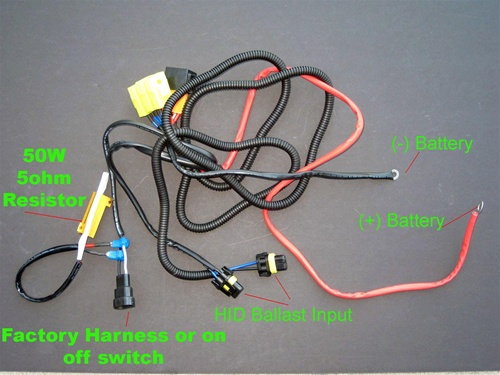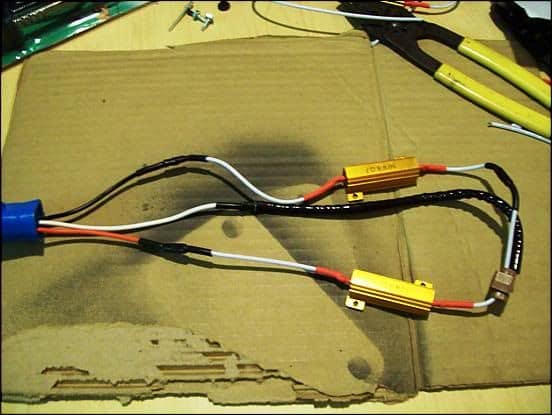Dodge Ram: HID Problems
Do your HID lights flicker every now and then? Learn about other common problems owners with HIDs face.
This article applies to the Dodge Ram (1994-present).
Automotive technology has advanced quite far, enabling many auto enthusiasts to enjoy the same benefits as some higher end vehicles. Take HIDs for example, which stand for "High Intensity Discharge." This refers to the type of light produce from these special bulbs. But they are more than just bulbs. A proper "kit" can include the bulbs, ballasts, wiring, harnesses, relays, capacitors and resistors. Some kits come as "plug and play" and may not include relays or other components. If you have purchased and installed a kit missing one or two of these components, you may experience irregular results. Luckily, knowing what's involved, and how to address possible issues, can help you correct and/or do it right the first time. Read more for a breakdown of the various components that make up these lights, as well as common questions and issues that provide more information about this topic.
Component Breakdown
Relay Harnesses
These harnesses are essential to smooth operation of your HIDs without "light out" indicators and flickering or "strobing" effects. Some of these come with built-in resistors while others do not.

Resistors
Resistors are what allows the system to see a current and not detect that a light is "out". HIDs are "gas filled" unlike conventional halogen bulbs which are "filament" filled. Because the FCM (Front Control Module) isn't detecting resistance from the bulb, it is thinking a bulb is out and will illuminate the indicator for "light out." In the case of HIDs, resistors will tell the FCM that there is continued resistance and prevent the "lamp out" indicator from coming on.

Capacitors
These units are usually pre-wired and will eliminate the flickering or "strobe" effect your HID's may be doing. They store "electrostatic energy" and work in the same direction as the resistors in your harness and will help maintain solid light. Because of the "instant charge" the capacitor can provide, it tells the vehicle's computer that a bulb is "good."

Common Questions
Why is one of my HID lights brighter than the other?
This is a common occurrence in a kit that has been installed which does not have proper load balancing of the current to the head lamps. The use of a kit that has resistors and capacitors can resolve this issue and other related lighting problems with your HIDs.
What will I need to install HIDs into my fog lights?
Fog lights, unlike your head lamps, are not setup as CANBUS. Meaning, they don't have any configurations that send electrical signals to and from the on board computer and control units. Therefore, an HID kit which is basically plug and play for your fog light bulb type is all you need. Although, it is still recommended to use a kit which includes a relay harness because of the current HID systems draw.
Common Issues
"Light Out" Indicator
This occurs because HIDs don't use "filament" type bulbs which makes the on board computer believe a bulb is out. Using resistors in your harness will provide the necessary current to give the signal to the computer that there is in fact a working bulb and not produce the warning.
HID Flicker or Strobe
This issue is largely due to not using capacitors within your HID relay harness. The capacitors in this system give a jolt or charge that indicates to the computer that the bulb is "good" and has enough current.
Related Discussions and Video
- Capacitor and Resistor Install with HID Harness - Youtube.com
- One HID brighter than the other? - Dodgeforum.com
- Addressing HID problems - Dodgeforum.com






